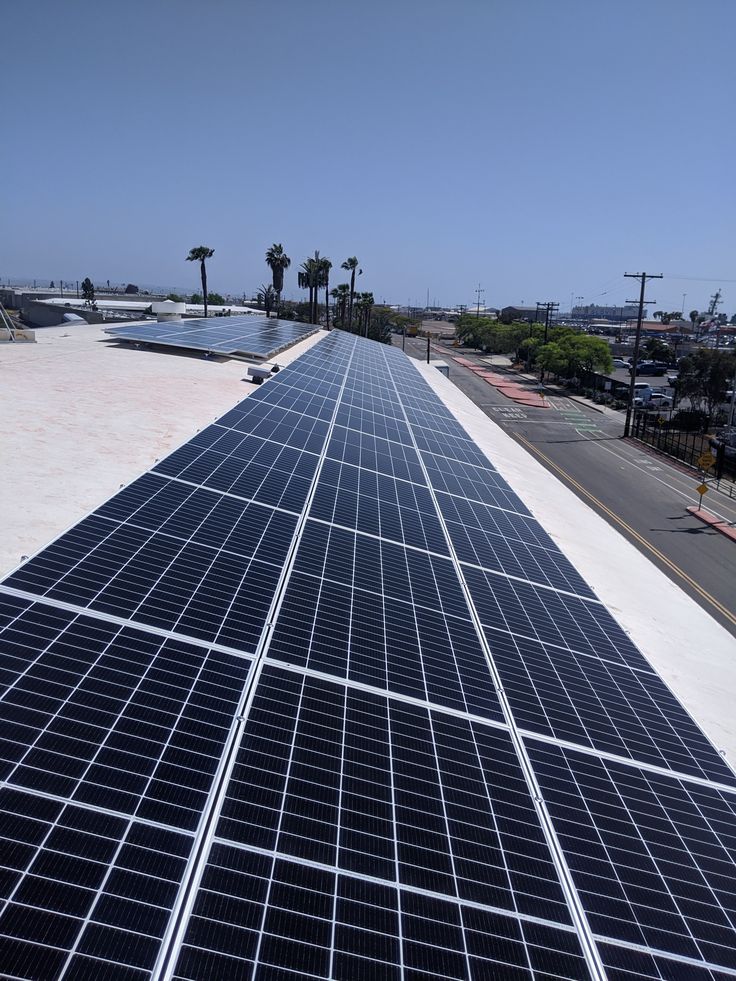The transition to solar energy offers compelling long-term benefits for businesses, including significant cost savings, enhanced sustainability, and greater energy independence. However, the upfront capital investment required for a commercial solar system can be a barrier for many companies. Fortunately, a diverse range of financing options has emerged, making solar accessible to businesses of all sizes and financial situations. Understanding these options is crucial for choosing the most suitable path to harnessing solar power. This article explains the primary commercial solar systems financing options available, helping businesses make informed decisions.
1. Cash Purchase: Maximizing Long-Term ROI
A direct cash purchase involves the business paying the full upfront cost of the solar system. While this requires significant capital, it offers the highest long-term Return on Investment (ROI) and provides the greatest financial benefits.
- Benefits:
- Maximum Savings: The business immediately owns the system and benefits from 100% of the energy savings from day one.
- Full Incentive Eligibility: The business is eligible for all available tax credits (like the Investment Tax Credit), grants, rebates, and accelerated depreciation benefits.
- Increased Asset Value: The solar system becomes a depreciable asset on the company’s balance sheet and increases property value.
- No Debt/Payments: Avoids loan interest or lease payments.
- Considerations: Requires substantial upfront capital, which might impact cash flow or other investment opportunities.
2. Solar Loans: Ownership with Managed Payments
A solar loan is a traditional financing method where a business borrows funds from a bank or financial institution to purchase and install the solar system. The business owns the system from the outset.
- Benefits:
- Ownership & Incentives: The business retains ownership and is eligible for all financial incentives (tax credits, depreciation).
- Fixed Monthly Payments: Predictable payments allow for easier budgeting.
- Builds Equity: The system is an asset that builds equity over time.
- Lower Overall Cost (vs. PPA/Lease): Typically results in greater long-term savings compared to third-party ownership models, as the business captures all benefits.
- Considerations: Requires a credit check, and the business is responsible for loan payments regardless of system performance (though warranties mitigate this). Interest accrues on the loan.
3. Power Purchase Agreements (PPAs): No Upfront Cost, Fixed Energy Rate
A PPA is a third-party ownership model where a solar developer owns, installs, and maintains the solar system on the business’s property. The business then purchases the electricity generated by the system at a fixed, predetermined rate, which is typically lower than grid electricity rates.
- Benefits:
- Zero Upfront Cost: The most attractive feature, as the developer covers all design, installation, and maintenance expenses.
- Predictable Energy Costs: Locks in a stable electricity rate for the duration of the agreement (typically 15-25 years), providing a hedge against rising utility prices.
- No Maintenance Responsibility: The developer handles all system operation and maintenance.
- Immediate Savings: Businesses start saving on energy bills from day one.
- Considerations: The business does not own the system or directly benefit from tax incentives (these go to the developer). The fixed rate might become less competitive if grid electricity prices fall significantly (though this is rare long-term).
4. Solar Leases: Fixed Monthly Payments, No Ownership
Similar to a PPA, a solar lease involves a third-party owning and maintaining the system. However, instead of buying the electricity generated, the business pays a fixed monthly lease payment for the use of the solar equipment.
- Benefits:
- Zero Upfront Cost: Like PPAs, this option requires no initial capital outlay from the business.
- Predictable Monthly Payments: Easy to budget for, as the payment remains constant.
- No Maintenance Responsibility: The leasing company handles all O&M.
- Immediate Savings: Monthly energy savings typically exceed the lease payment.
- Considerations: The business does not own the system or directly benefit from incentives. The total cost over the lease term can sometimes be higher than a direct purchase or loan.
5. Property Assessed Clean Energy (PACE) Financing (Region-Specific)
PACE programs, available in certain regions, allow property owners to finance energy efficiency, renewable energy, and water conservation upgrades through a voluntary assessment on their property tax bill.
- Benefits:
- No Upfront Cost: Financing is tied to the property, not the business’s credit.
- Long Repayment Terms: Payments can be spread over 15-25 years, aligning with the lifespan of the solar system.
- Transferable: The assessment transfers with the property if it’s sold.
- Considerations: Availability is limited to specific states/localities. Requires property owner consent and can impact property liens.
Conclusion
Choosing the right commercial solar financing option is a strategic decision that depends on a business’s financial health, capital availability, risk tolerance, and long-term goals. Whether opting for direct ownership through a cash purchase or loan, or leveraging third-party ownership models like PPAs and leases, solar energy is more accessible than ever. By carefully evaluating each option and consulting with reputable solar installers and financial advisors, businesses can select the solution that best positions them for a sustainable and profitable future.

